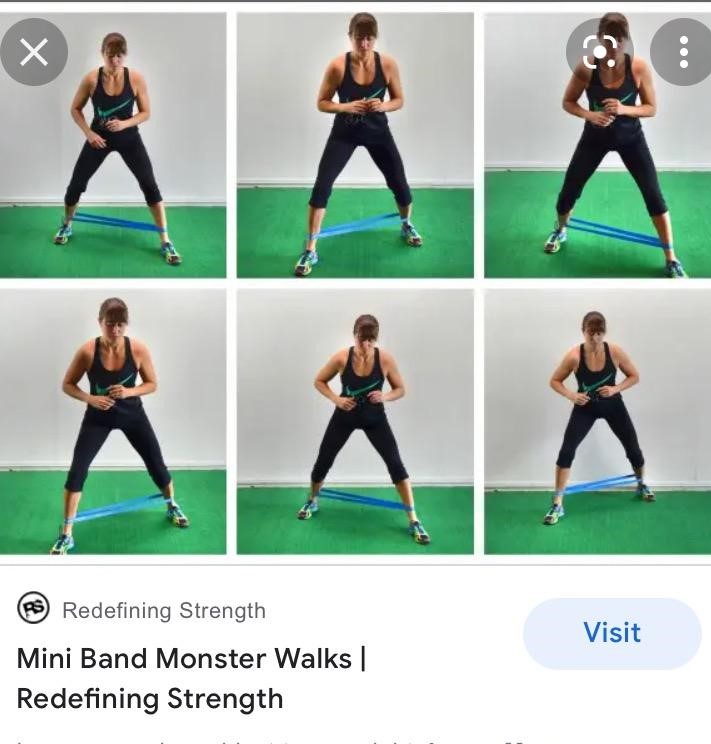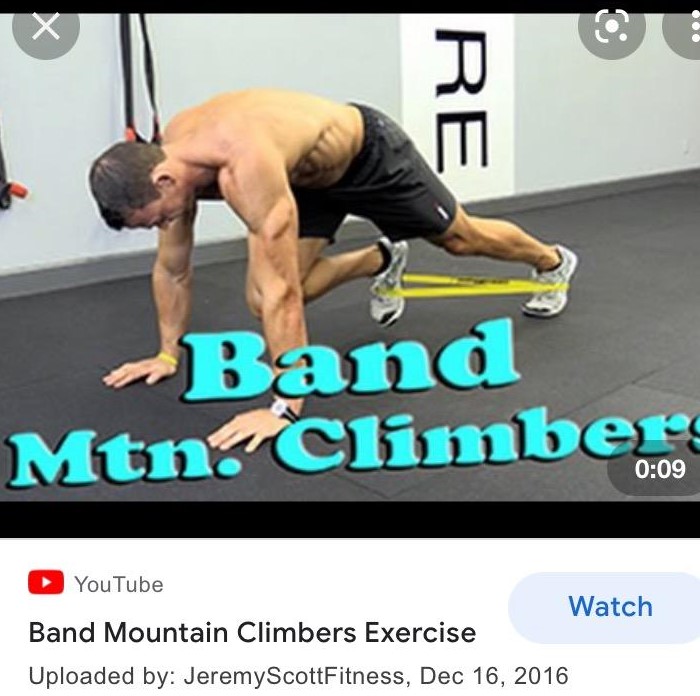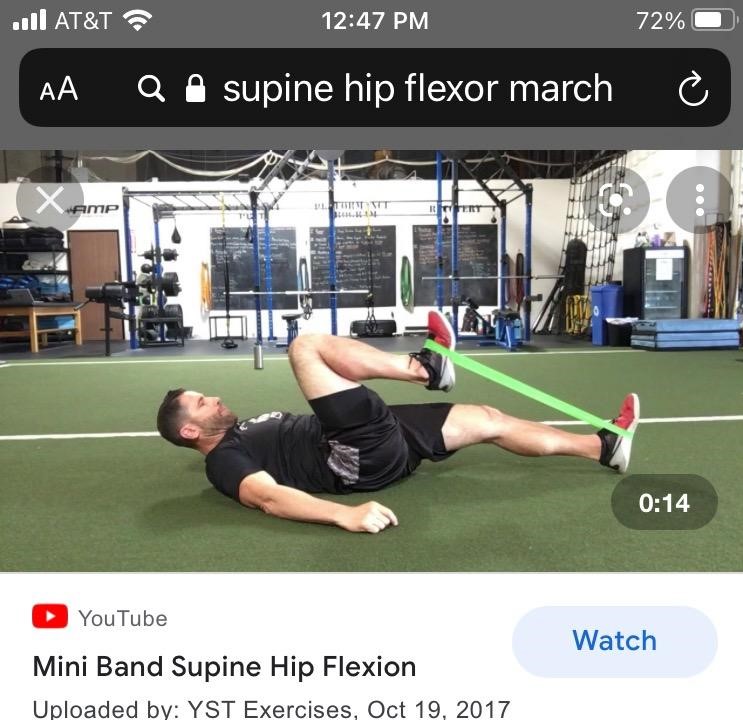We’ve been told the cardinal rule of exercise since we were in elementary school gym class: you should always warm up and stretch before working out. And for the most part, we don’t really argue against that rule. Until we get older that is. Then as our schedules grew tighter and our time at the gym becomes more and more precious, parts of our routine begin to get cut out, mainly the pre-work out stretch. And most of the time it doesn’t seem to make a huge difference. You feel fine before, during, and even after your workout. But is cutting the warm up and stretch actually having adverse affects on your work out? What’s the importance of stretching before your workout anyway? Should you be making sure to take part in a regular warm up and stretching regiment along with your work out? Let’s dive into what the real deal with pre-workout warm up and stretching is.
What are muscles doing when we work out?
When we work out, our muscles are going through various stages of contraction and relaxation. This is possible due to two types of proteins found in muscles: actin and myosin. Myosin, which composes the thick filaments of the muscle, is a motor protein that is responsible for the force and movement of the muscle contraction. Actin is a thin filament that has a myosin binding site on it where the myosin head can bind during contraction. During muscle contraction, myosin binds to the myosin binding site on the actin filament causing the actin filaments to slide along the myosin filament. This causes the muscle to shorten (Chin).

The binding of the mysoin head to the binding side allows the filaments to slide and the muscle to contract.
This process takes energy in the form of adenosine triphosphate (ATP). The body has such a small supply of ATP at any given time, so metabolic pathways must be activated in order to create ATP at a regular rate. These pathways are either without oxygen (anaeroibic), or more often with oxygen (aerobic).
During exercise, the continuous use of oxygen to the muscles is needed for the production of ATP for muscle contraction. As the duration of exercise continues, more oxygen is available for oxidative metabolism and the production of ATP (Montana State, 1998).
Why do we warm up and stretch?
 The most important part of your pre-workout routine is the warm up. Jumping jacks or a brisk walk can help raise your body temperature and warm your muscles. This is important because you can’t work out and stretch cold muscles or else you could be causing muscle damage. Your warm up also increases your heart rate and gets blood and oxygen flowing to your muscles. As we learned earlier, oxygen is important for muscle contraction, so getting the flow going early is a huge benefit for your work out.
The most important part of your pre-workout routine is the warm up. Jumping jacks or a brisk walk can help raise your body temperature and warm your muscles. This is important because you can’t work out and stretch cold muscles or else you could be causing muscle damage. Your warm up also increases your heart rate and gets blood and oxygen flowing to your muscles. As we learned earlier, oxygen is important for muscle contraction, so getting the flow going early is a huge benefit for your work out.
Once your muscles are warm however, stretching will help you to gain more flexibility and a better range of motion during your workout helping you to avoid injury (Wonderopolis).
It is important to both warm up and stretch before working out as doing one without the other could lead to injury. It is true that they both work together to benefit you and keep you from being hurt during your work out.
What should my warm up and stretch consist of?
Your warm up can be as simple as 5-10 minutes of what you’re already planning to do, but a lighter version of it. If you’re going to run a ten minute walk or a five minute jog is all you need to get yourself warmed up. If you’re doing a little zumba, a light 5 minute warm up routine is perfect.
It’s similar with stretching. If you’re going to be running, you should focus on stretching your legs and hips. If you’re going to be doing an arm work out, you should be stretching out the muscles in your arm. Make sure you keep breathing during your stretching as well so you continue to supply oxygen to your muscles. Stretching shouldn’t hurt, it should just help loosen your muscles and make them prepared for your exercise.
Remember to cool down and stretch
Just as important as the warm up and stretch is the cool down and stretch. In order to avoid injury make sure you do the same thing you did for your warm up as a cool down and then stretch the same muscles once again.
Do you like to get away without the warm up or the stretch? Are you going to think twice about it the next time you hit the gym?
Let me know what your favorite exercise activity to do at this gym is in the comments below.
Until next time,
Kat
Sources and further reading:
Chin, G. Muscle Contraction: Actin and Myosin Bonding. Study.com. http://study.com/academy/lesson/muscle-contraction-actin-and-myocin-bonding.html
FitDay. The Importance of Doing Warm Up Exercises before Working Out. http://www.fitday.com/fitness-articles/fitness/exercises/the-importance-of-doing-warm-up-exercises-before-working-out.html
Sport Nutrition (1998). Muscle Contraction Requires Energy. Fuel Movement & Sport. http://btc.montana.edu/olympics/nutrition/fuel01.html
Wonderopolis. Have you ever Wondered. http://wonderopolis.org/wonder/why-do-athletes-stretch-before-they-work-out




 I do not on any grounds consider myself a “yogi” or someone who does yoga multiple times a week and does it well. In fact, I only do yoga every once in a while, maybe once a month if that. Pretty much I use yoga as a tool to help me out when I need it around my own running work outs and other exercises.
I do not on any grounds consider myself a “yogi” or someone who does yoga multiple times a week and does it well. In fact, I only do yoga every once in a while, maybe once a month if that. Pretty much I use yoga as a tool to help me out when I need it around my own running work outs and other exercises.
 The most important part of your pre-workout routine is the warm up. Jumping jacks or a brisk walk can help raise your body temperature and warm your muscles. This is important because you can’t work out and stretch cold muscles or else you could be causing muscle damage. Your warm up also increases your heart rate and gets blood and oxygen flowing to your muscles. As we learned earlier, oxygen is important for muscle contraction, so getting the flow going early is a huge benefit for your work out.
The most important part of your pre-workout routine is the warm up. Jumping jacks or a brisk walk can help raise your body temperature and warm your muscles. This is important because you can’t work out and stretch cold muscles or else you could be causing muscle damage. Your warm up also increases your heart rate and gets blood and oxygen flowing to your muscles. As we learned earlier, oxygen is important for muscle contraction, so getting the flow going early is a huge benefit for your work out.